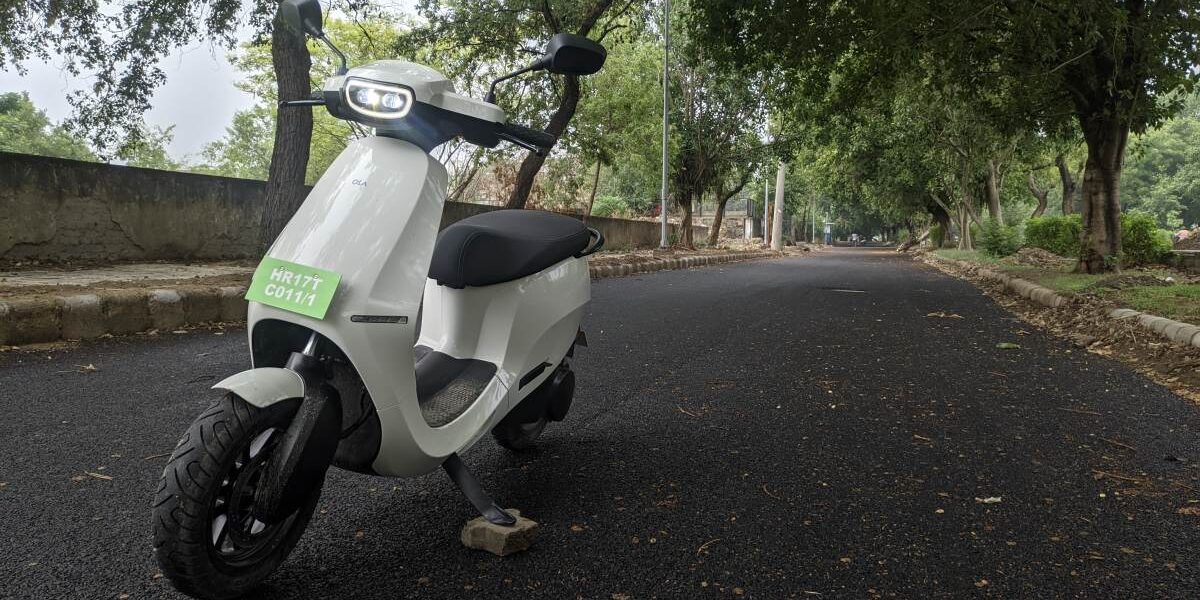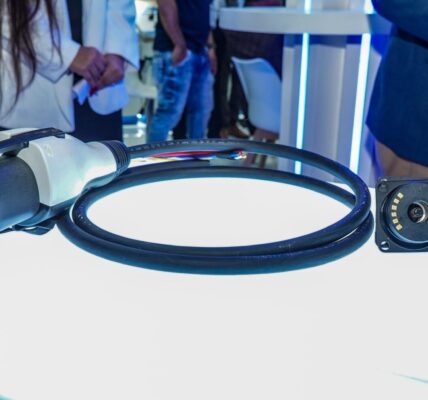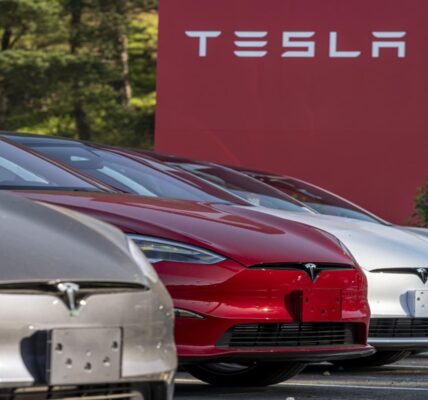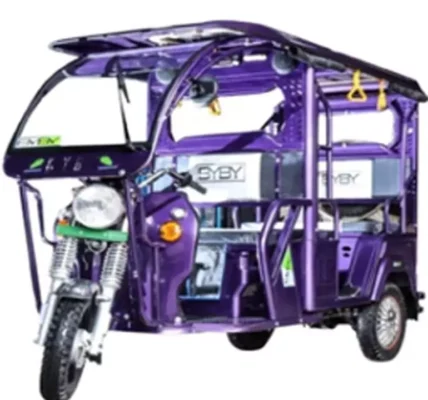India’s electric vehicle makers are stepping into the spotlight.
Ola Electric Mobility is revving up an initial public offering and could spark something akin to the mania that fueled share sales by Chinese upstarts like Nio a few years ago. Beyond any hype, though, the similarities are few and far between.
The e-scooter maker founded by Bhavish Aggarwal sextupled sales to 27.8 billion rupees ($335 million) in the year ending March 2023, according to a draft prospectus. As of June, it represented nearly a third of India’s two-wheeled electric vehicle registrations. And the market is expanding: New Delhi wants battery-powered models to take 70% of the market by 2030, compared with some 15% today. The SoftBank-backed outfit is now eyeing a mooted $8 billion valuation, IFR reports, up from the $5.4 billion price tag it secured in a September funding round.
Chinese carmakers Nio, Xpeng and Li Auto rode a similar high by listing in a pre-pandemic tech boom. New York-listed Nio, the first of the trio to go public in 2018, was also a rare pure play on electric vehicles in a vast domestic market with supportive policymakers. The firm’s shares soared a whopping 76% on their second day of trading. Moreover, Ola’s plans to build its own battery factory and pursue exports will no doubt draw comparisons to BYD, whose Hong Kong stock has risen fivefold since 2020.
Investors hoping for a similar ride may be disappointed, however. In the People’s Republic, local and multinational marques hesitated to jump on the electric bandwagon at first, allowing startups to pull ahead. By contrast, Indian incumbents including Bajaj Auto, TVS and Honda were quick to plug in, since engineering and manufacturing battery-powered two-wheelers is less complex. Their relatively deep pockets and distribution networks give them a formidable edge over smaller, newer ventures too.
That helps explain why Ola’s pre-tax loss nearly doubled to 14.7 billion rupees in its last financial year, while Bajaj’s EV subsidiary reported an operating profit of 810 million rupee. Worryingly, the government has pared back cash incentives for e-scooter buyers, forcing Ola to more than halve its sales targets for 2023 to 2025, Reuters reported in December. The company’s listing prospectus even forecasts that upstarts specialising in EVs will lose market share to legacy marques this year. The electric buzz building up to Ola’s IPO will be hard to sustain.







